Fire ban information
Kejimkujik National Park and National Historic Site
A fire ban is a legal restriction on certain types of fires to prevent human-caused wildfires. Some activities are not permitted during a full or partial fire ban.
Prohibited during a fire ban
Use of the following items is prohibited during a fire ban:
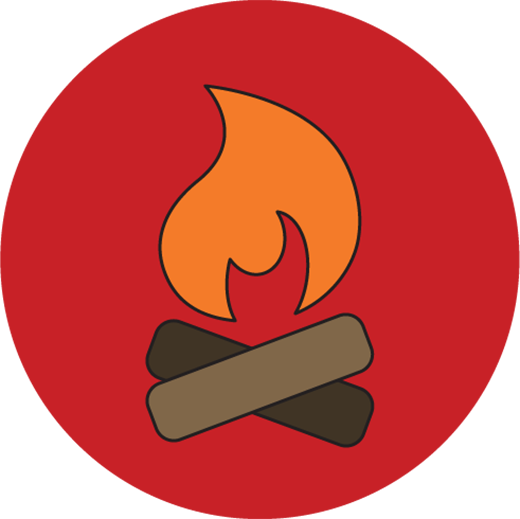


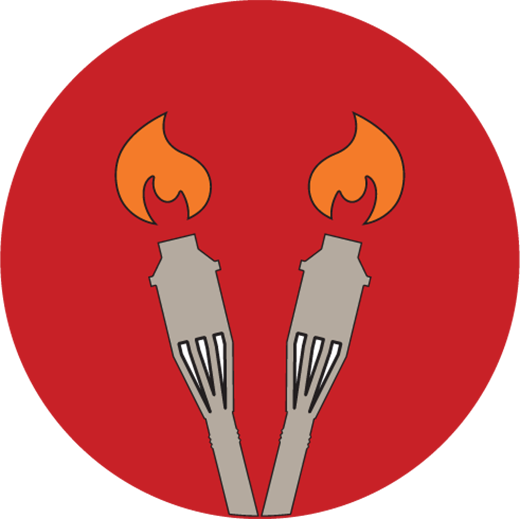
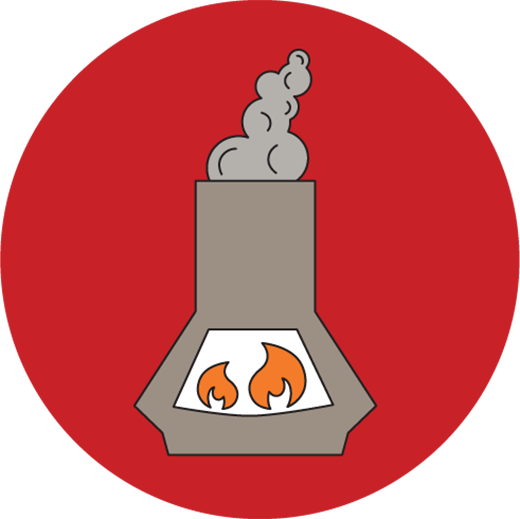

Permitted during a fire ban
Use of the following items is permitted during a fire ban:
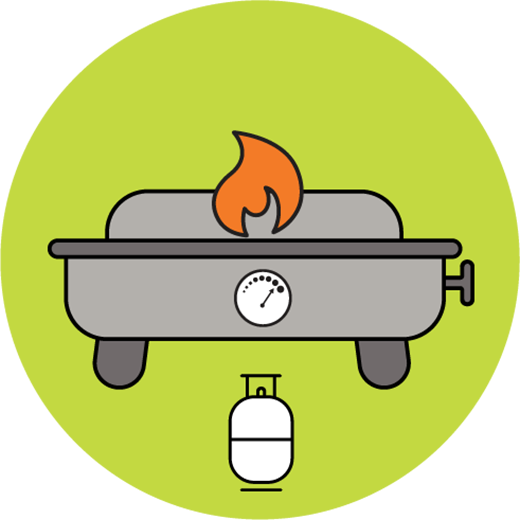
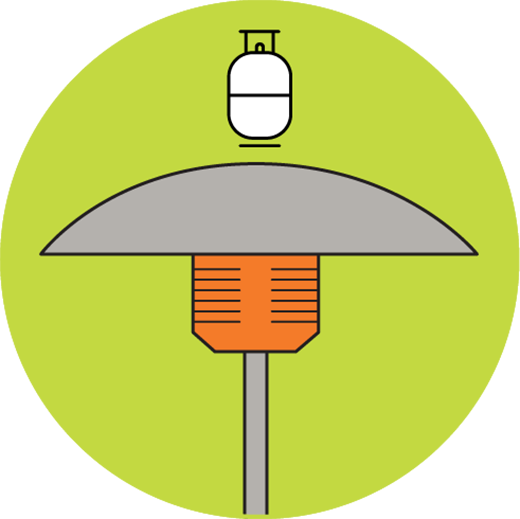
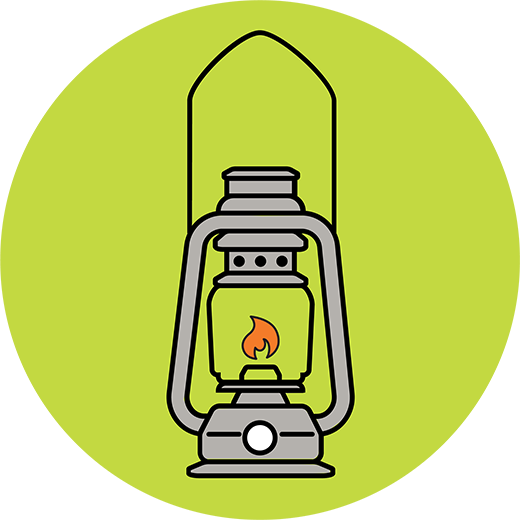


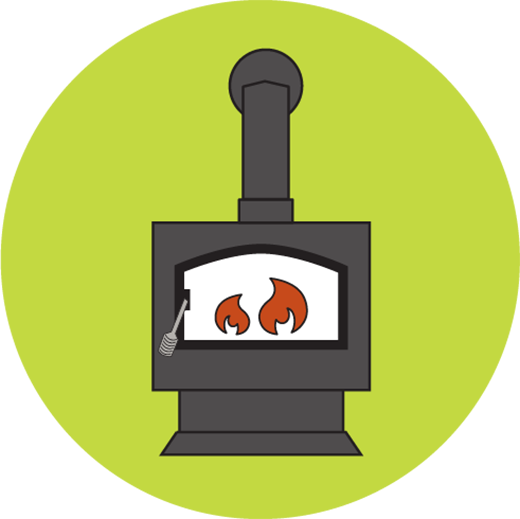
in fully enclosed buildings
Fire bans
A fire ban is a legal restriction on certain types of fires to prevent human-caused wildfires. In a national park, burning illegally could lead to a fine of up to $25,000.
Fire bans are based on local fire hazards, current and forecasted weather conditions, the amount of moisture in vegetation, the regional wildfire situation, and the availability of responders and equipment.
Current and forecasted conditions are evaluated on a daily basis.
What is fire danger?
Fire danger is an index that tells us how easily a fire could start, how difficult a fire may be to control and how long a fire might burn.
Fire ban status is determined by long term trends rather than daily weather or fire danger.
Why is there a fire ban even though it is cold and rainy?
It takes a lot of rain to restore moisture to deep soil layers, trees, and logs that have dried out. Rain quickly evaporates when followed by warm temperatures and wind. This means fire danger can quickly return to high or extreme.
The regional wildfire situation may be more active. It is important for Parks Canada not to have human-caused fires divert resources from naturally caused ones in other areas.
Does a provincial fire ban apply to national parks?
No, regulations and conditions such as weather, elevation, and forest health are not always the same in the province and national parks.
More information
Parks Canada: http://parkscanada.gc.ca/fire-alerts
Report any wildfires, illegal campfires, or suspicious smoke to Parks Canada at 1-800-565-2224 or call 911.
- Date modified :